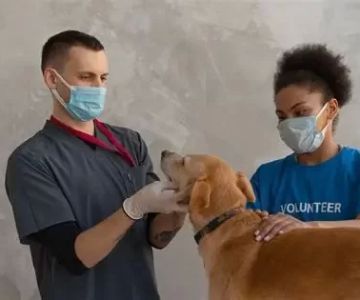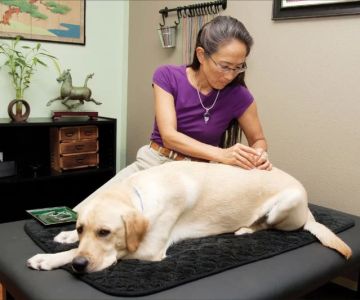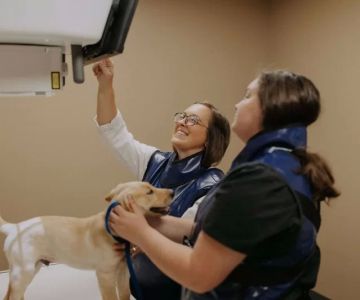- 1 - Understanding-European-Veterinary-Licensing
- 2 - Steps-For-US-Veterinarians-To-Practice-In-Europe
- 3 - Challenges-And-Opportunities-In-European-Veterinary-Careers
- 4 - Case-Study-Of-US-Veterinarian-Working-In-Europe
- 5 - Resources-For-Transitioning-To-European-Practice
1. Understanding European Veterinary Licensing
For a US veterinarian wondering “can a US veterinarian work in Europe,” it’s essential to understand that veterinary licensing and regulations vary by country within Europe. Unlike the unified system in the US, Europe comprises multiple countries each with their own governing veterinary bodies and licensing standards. Generally, practicing veterinary medicine in Europe requires obtaining recognition of your US degree and fulfilling additional local licensing exams or requirements.
2. Steps for US Veterinarians to Practice in Europe
The process typically involves credential verification, language proficiency tests, and sometimes passing a professional examination tailored to the country. US veterinarians must contact the relevant veterinary authority in the target European country to initiate this process. For example, countries like the UK, Germany, and France have specific procedures for foreign-trained veterinarians, including registration with national veterinary councils.
3. Challenges and Opportunities in European Veterinary Careers
Working in Europe offers diverse opportunities, such as exposure to different animal species, advanced clinical practices, and international research. However, challenges include navigating immigration laws, adapting to new healthcare systems, and cultural adjustments. Additionally, varying demand for veterinarians across regions can impact job availability.
4. Case Study of US Veterinarian Working in Europe
Take the example of Dr. Emily, a US-trained veterinarian who relocated to Germany. She successfully completed her degree recognition process, undertook language training, and passed the state examination to practice. Emily now enjoys a fulfilling career in a European university clinic, blending her US experience with European standards, enhancing her skills and career prospects.
5. Resources for Transitioning to European Practice
Veterinarians aiming to work in Europe can find invaluable guidance through professional associations, embassy resources, and specialized consultancy services. Websites like the European Board of Veterinary Specialisation (EBVS) and national veterinary regulatory bodies provide updated information on licensing pathways. For personalized assistance and career planning, consider visiting ESPLawyers to explore relevant services and support tailored to international veterinary professionals.
In summary, while a US veterinarian can work in Europe, success hinges on understanding and navigating the licensing landscape, preparing thoroughly, and embracing the enriching opportunities of practicing veterinary medicine abroad. Taking these steps opens doors to a rewarding international career.











